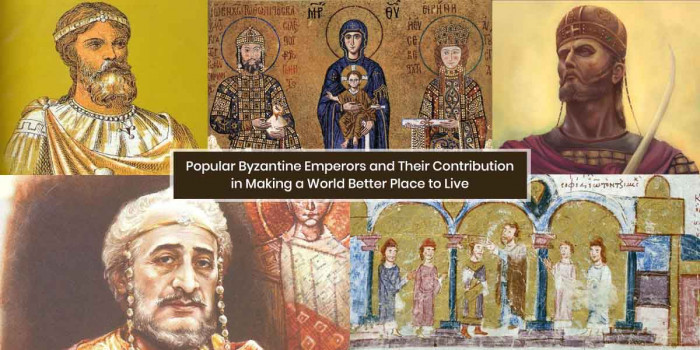10 Largest Empires in History That Influenced the World in Several Ways
Mentioned here are the largest empires in history led by an emperor or a monarch. These empires were influential in many ways.

History comprises interesting information about kings, their rule, lifestyle, world wars, and more. Whether it is Romans or Ottomans, it seems that the pursuit of legacy has played a crucial role in the changes of the empire. Conquering nations and expanding territories was the favorite pastime of the kings. Do you know anything about the powerful empires and their history?
Let us read about the largest empires in history based on landmasses they controlled during their span.
1. Ottoman Empire

Ottoman Empire, also known as the Turkish empire, grew to be the most powerful state in the world during the 16th century. The Ottoman period spanned over 600 years and came to an end in 1922. The empire encompassed southeastern Europe to the gates of Vienna, including the Balkan region, Greece, and Hungary.
The Ottoman Empire lasted for nearly 623 years and aimed to increase revenues without changing commercial activities and the lives of the subjects. The first period of Ottoman was identified by continuous territorial expansion during which Ottoman spread out from northwestern Anatolian principality to cover southeastern Europe and Anatolia.
2. Tang Dynasty
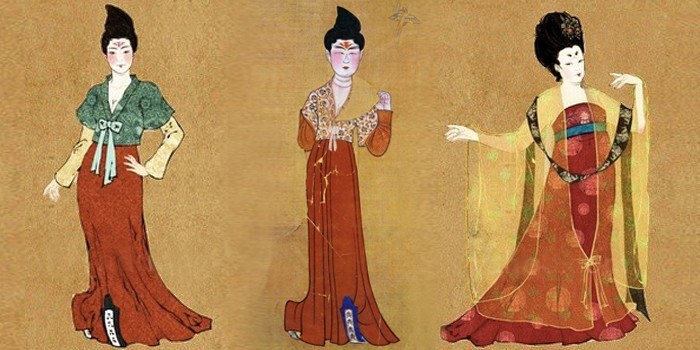
Tang Dynasty was an imperial dynasty of China that from 619 to 907. It was preceded by the Sui dynasty and followed by the five dynasties and ten kingdoms period. The Lǐ family founded the dynasty and inaugurated a period of progress and stability in the first half of the dynasty’s rule.
Despite the fight in government affairs during the Tang Dynasty, the culture of the era remained flourishing. Chinese culture flourished and was nurtured during the Tang Era.
It is considered the greatest age for Chinese poetry. Tang scholars compiled the varieties of historical literature and geographical works.
It is considered a golden age of Chinese arts and culture. Tang China attracted an International reputation that spread its culture across Asia. With a population of over 80 million people, the dynasty raised armies of hundreds of thousands of men to compete with the forces of inner Asia.
3. The Mongol Empire
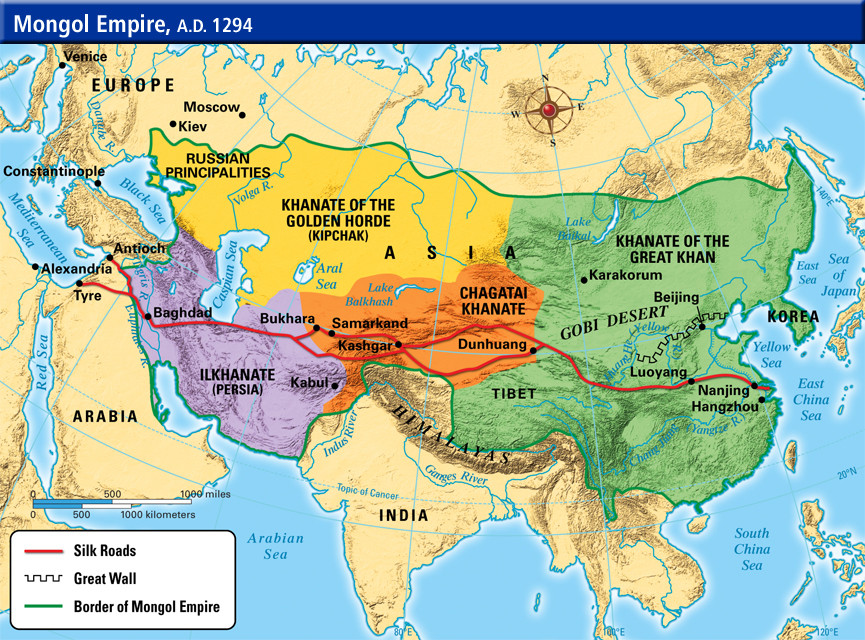
This another largest empire in history was established in modern-day Mongolia, which was established by Genghis Khan, and was declared as the ruler of the Mongols. The empire emerged from the unification of nomadic tribes in the Mongol homeland under the leadership of Genghis Khan. Genghis Khan, as a young man, rose by working with Toghrul Khan of the Kerait.
He quickly came into conflict with the Jin dynasty of Jurchens and the Western Xia of Tanguts in Northern China. The Mongol Empire spread throughout the 13th and 14th centuries CE. It rose from nomadic tribes in central Asia and to the Sea of Japan. The Mongol Empire spanned 12.7 million squares miles at its peak in 1279 but disintegrated into entities around 1368.
4. Russian Empire
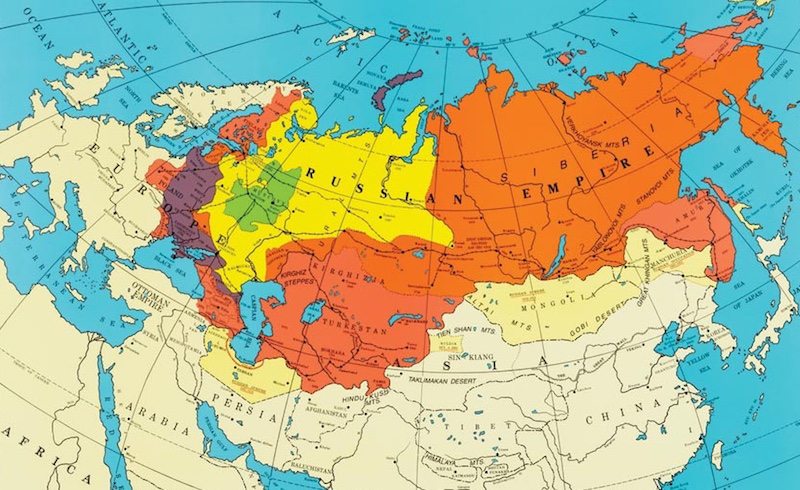
Russian Empire was another largest empire in history that extended across Eurasia and North America from 1721. It was the third-largest empire in history, at its great extent stretching over three continents, including Europe, Asia, and North America. The Russian Empire spanned 8.8 million square miles at its peak in 1866. The empire had an agricultural economy with low productivity worked by Russian peasants.
The empire functioned as the absolute monarchy on the doctrine of Autocracy and Nationality until the Revolution of 1905. Russia’s expansion occurred in the 17th century and culminated in the first Russian colonization of the Pacific in the mid 17th century.
5. Spanish Empire
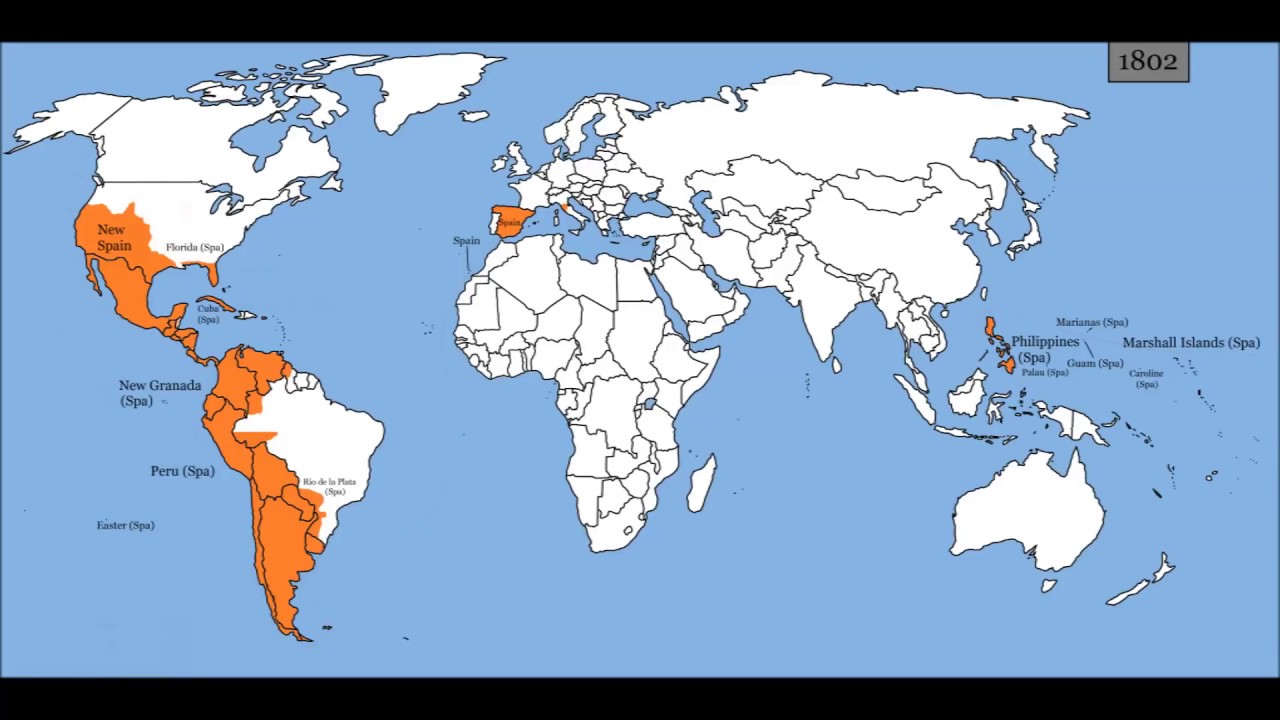
The Spanish Empire, or known as the Hispanic Monarchy, was a colonial empire governed by Spain that existed from 1492 to 1976. It became the foremost global power and dominated the oceans and European battlefields. The Spanish Empire is considered to be one of the largest empires in history and controlled a huge overseas territory from the late 15th to 19th century.
The Spanish empire in America was formed after conquering empires and claiming large stretches of land, beginning with Columbus in the Caribbean Islands. After a short period of authority by the crown in the Americas, the crown attempted to keep its empire in a closed economic system under Habsburg rule.
6. Japanese Empire
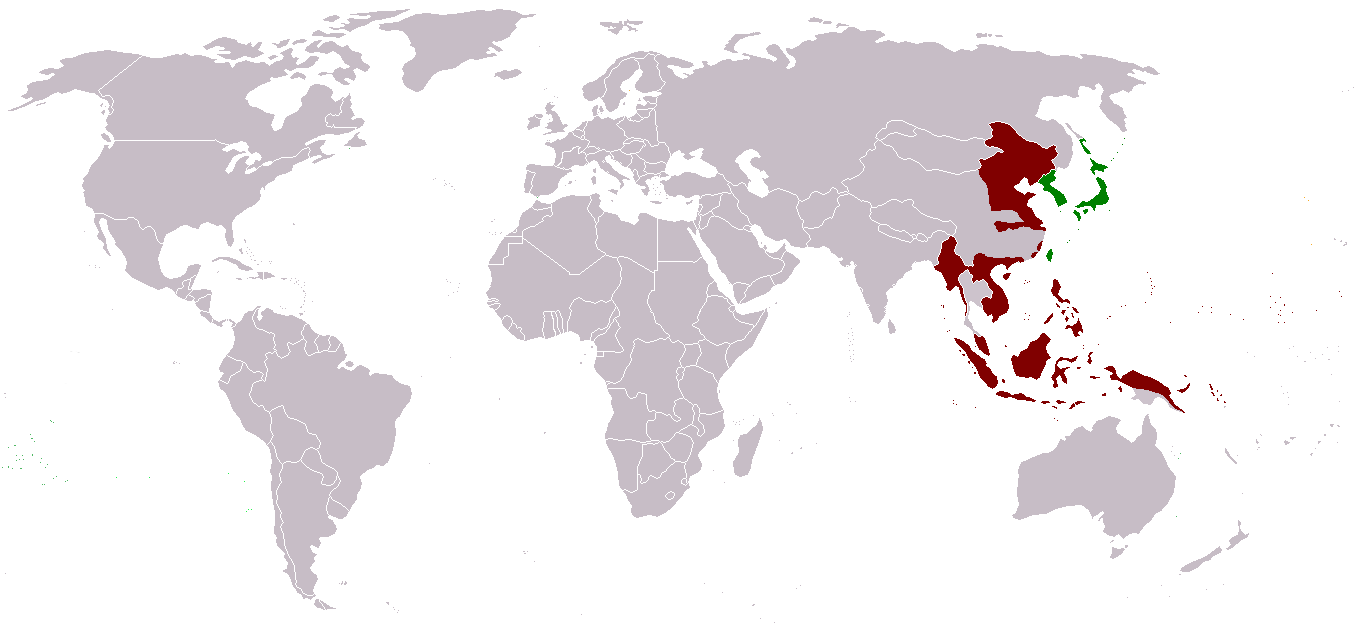
The Japanese Empire, or referred to as the largest empires in history, was a historical nation-state that existed from the Meiji Restoration in 1868 until the enactment of the post-world-war II 1947 constitution and formation of modern Japan. Japan’s armed forces achieved large-scale military success during the Second-Sino Japanese War and the Pacific War.
It encompassed territories spanning over 7 million square kilometers. Traditionalists believe Japan’s Imperial Institution in the world is the oldest hereditary monarchy. Japanese wartime leaders used a state Shinto religious ideology to mobilize the masses to fight wars in the name of the divine emperor. Japan built a powerful empire and then changed from an agricultural to an industrial economy. The country then invaded and occupied other countries like Korea and part of China to get resources.
7. The First Persian Empire

The First Persian Empire was an ancient Iranian empire based in Western Asia. It was larger than any previous empire in history and spanned 5.5 million square kilometers. The empire’s success inspired other systems in later empires.
By the 7th century, the Persians had settled in the southwestern portion of the Iranian Plateau in Persia. In the 6th century, Cyrus the Great founded the Achaemenid Empire or the First Persian Empire and spanned from the Indus valley in the east onto the northeastern border of Greece.
8. The Portuguese Empire

Portuguese Empire, or better known as the Portuguese Overseas Empire, was the global empire in history that spanned six centuries from 1415 when Ceuta was captured till Macau’s handover in 1999 to the sovereignty to East Timor in 2002. It was the first global empire in history and also the longest-lived modern European colonial empires.
The empire’s most valuable colony, Brazil, won its independence in 1822. After the war in 1974, the empire’s government recognized the independence of its colonies. Macau was returned to China in 1999.
The Portuguese Empire originated at the beginning of the Age of Discovery, and the influence of the Kingdom of Portugal would expand across the globe. Over the decades, Portuguese sailors continued to explore the islands of East Asia and established the factories as they went. The third era of empire covered the final stage of Portuguese colonialism after the independence of Brazil in the 1820s.
9. Ming Dynasty
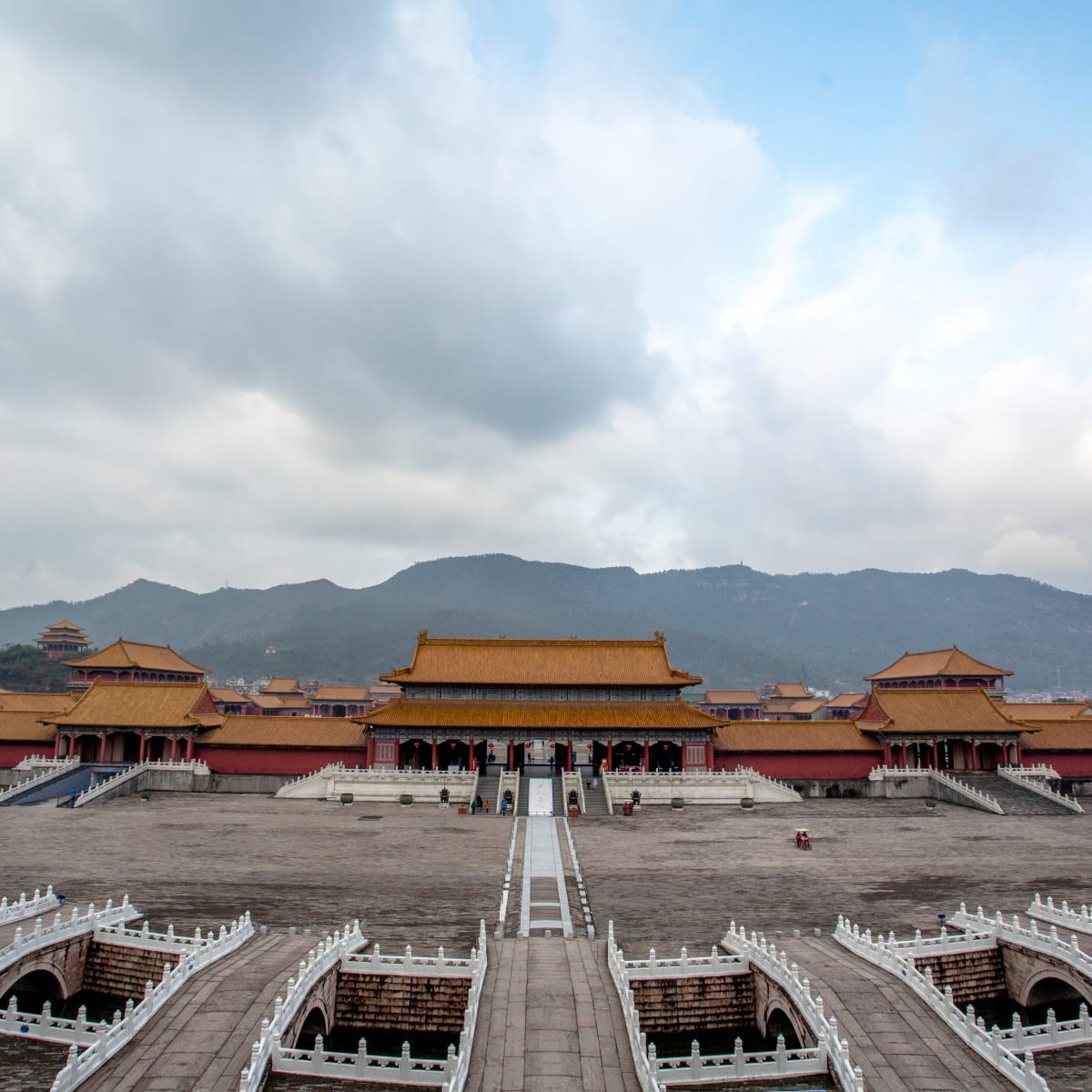
The Great Ming was the ruling dynasty of China from 1368 to 1644 following the collapse of the Mongol-led Yuan dynasty. Known for its trade expansion: the Ming dynasty is also identified for drama, literature, and world-renowned porcelain. The Mongol-led Yuan dynasty ruled before the establishment of the Ming dynasty.
With the Yuan dynasty rebel, groups began fighting for the control of the country and established a new dynasty. The dynasty was found by Emperor Taizu, who spent his youth wandering the country after his parents died. In 1352 A. D he joined a rebel group and rose the ranks speedily. He was also considered a suspicious ruler who converted his palace guard into secret police to root out conspiracies.
10. British Empire

The British Empire included colonies, mandates, and territories administered by the United Kingdom. It began with trading posts established by England between the 16th and 18th centuries.
It was one of the largest empires in history and spanned 13.1 million square miles of land. The empire had 458 million people in 1938, more than 20% of the world’s population. World War I was the beginning of the end for the British Empire.
Final Words
Throughout history, the world has been ruled by several empires. What do you think- the art of imperialism is still alive?
Do you know other largest empires in history that played a huge role in society? If so, drop the names below.
Popular Posts
Top 10 Sharpest & Deadliest Swords In History
In classic mythological movies, books and television, we’ve seen those audacious sword-wielding heroes smiting the enemi...
Augustus Perez
List of Water Deities from Different Mythologies
Water deities are the gods and goddesses who had the powers to control the elements of water and ruled over all the fresh and saltwater of the earth. Here’s a list of water deities from different mythologies.
Rishika Gupta
Winged Lion: The Terrifying Mythical Creature In Different Mythologies
A mythological creature, a winged lion dates back to ancient times. This flying lion-like creature has origins in Heraldry, Christianity, Mesopotamian, and Greek mythologies.
Ethan Stephans







